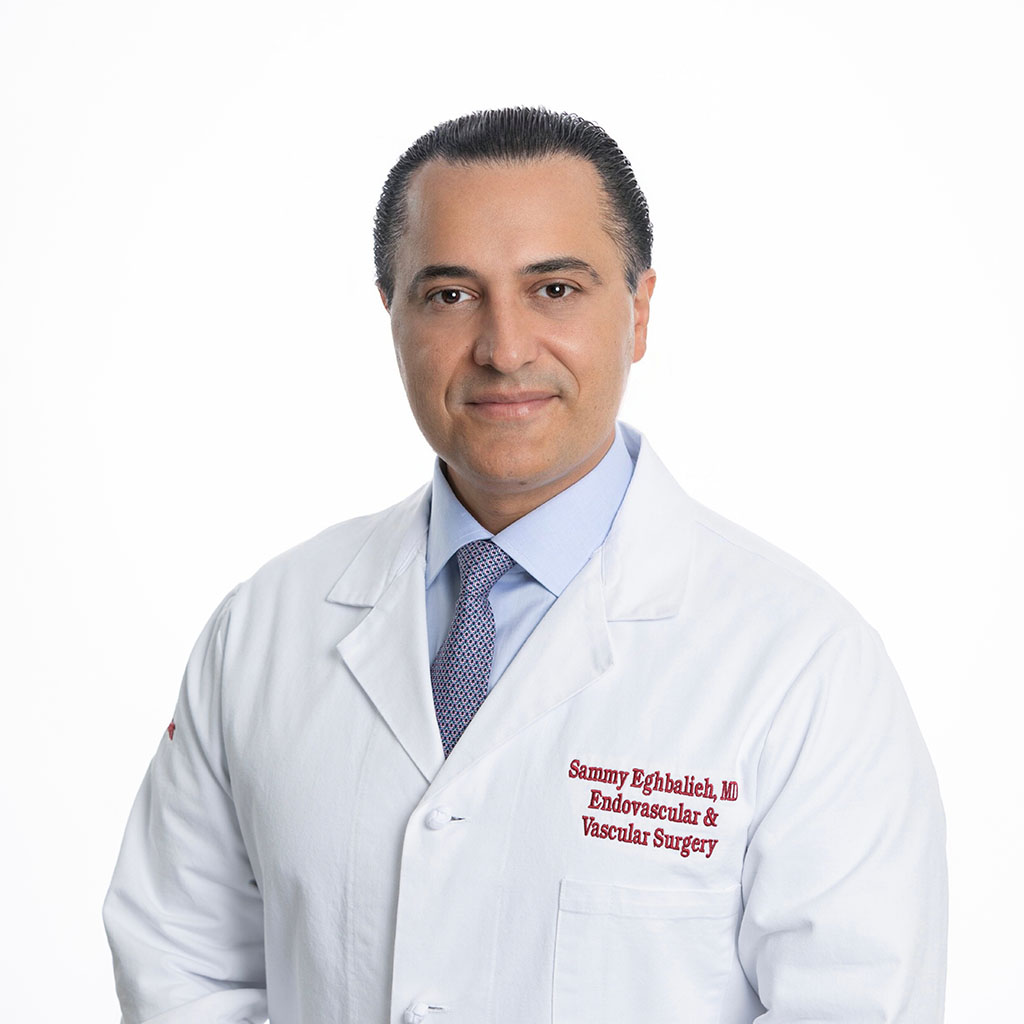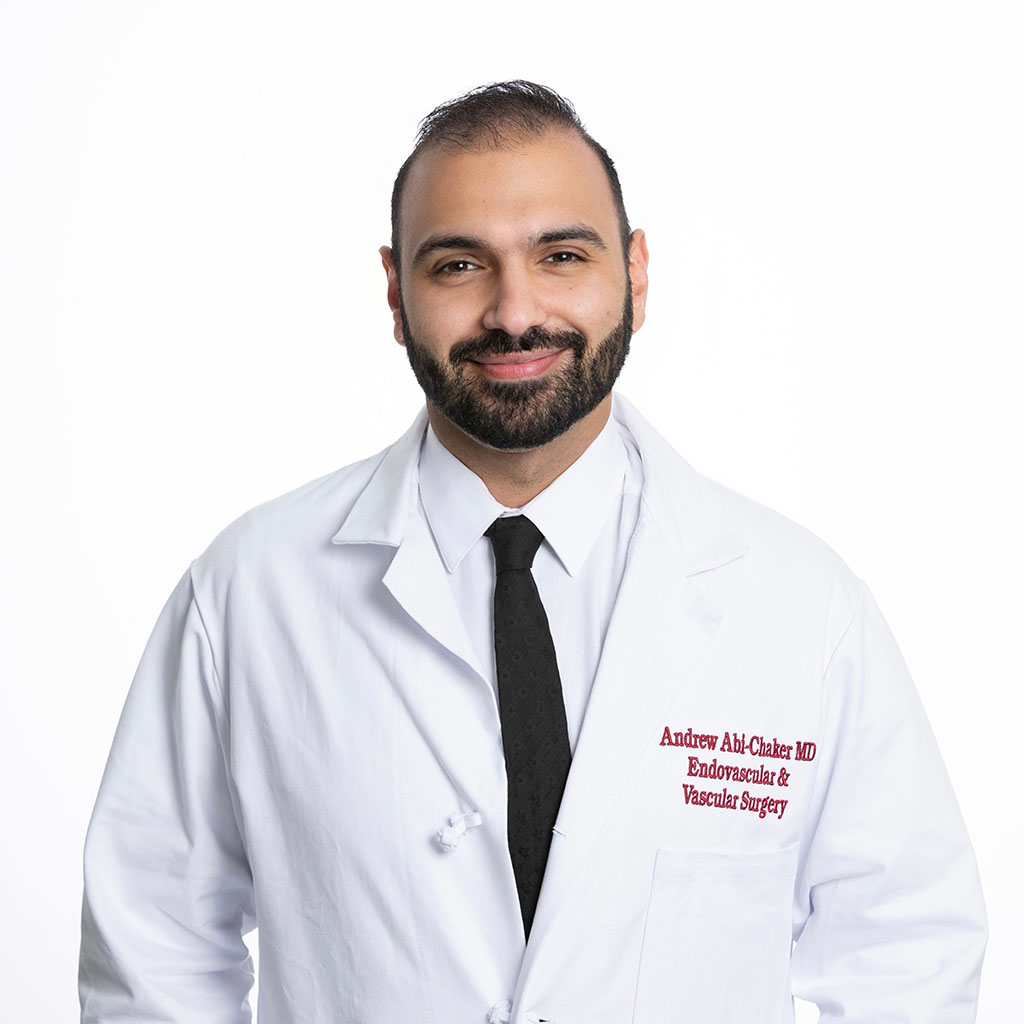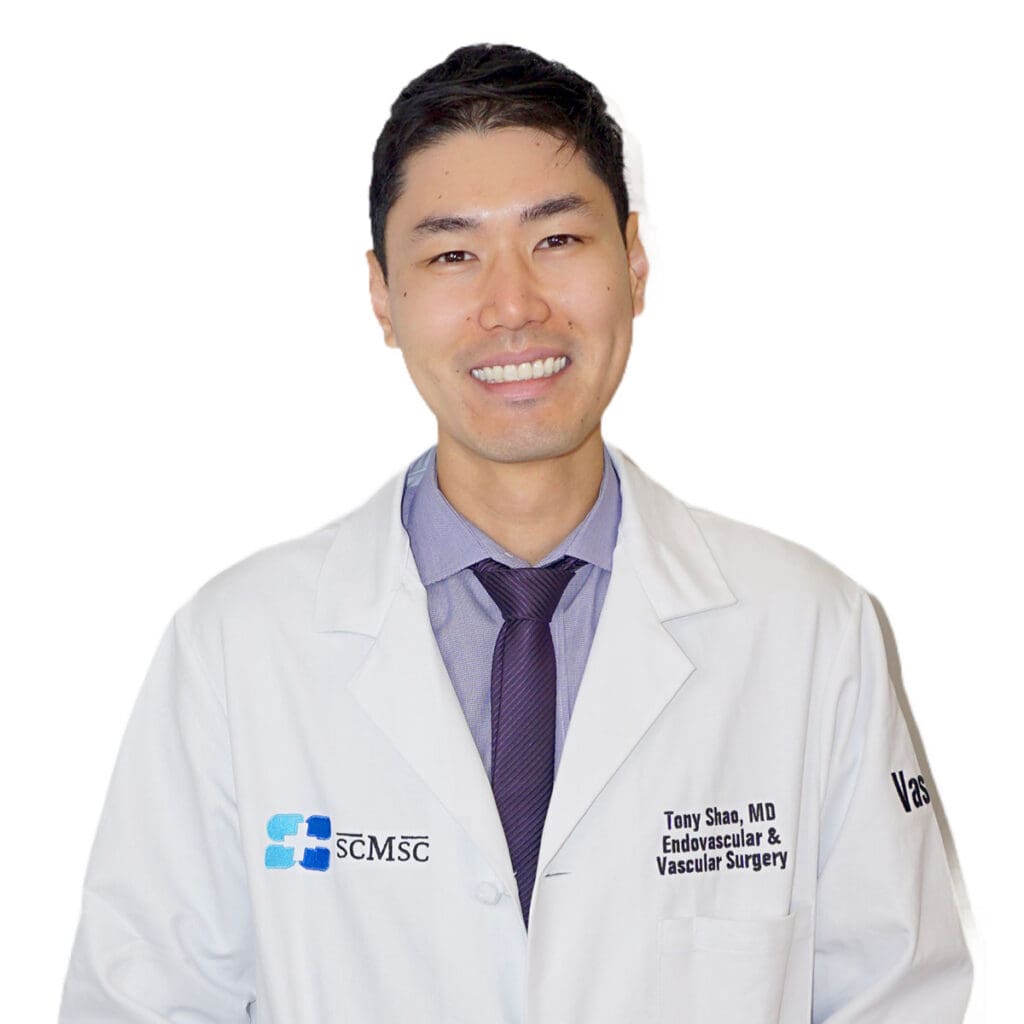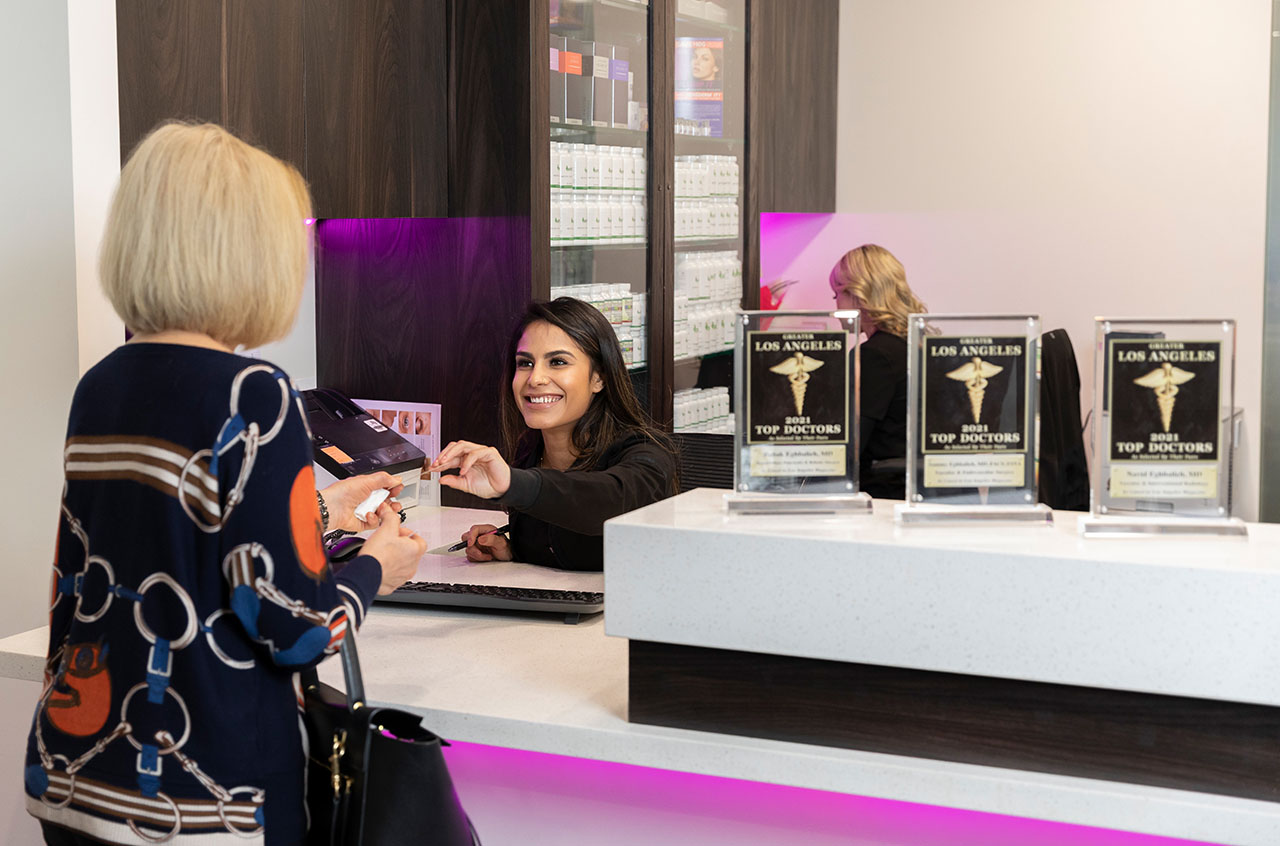What is a Peripheral Angiogram?
A peripheral angiogram is a test that uses X-rays and contrast dye to help your physician diagnose peripheral artery disease. They find narrowed or blocked areas in one or more of the arteries that supply blood to your legs, feet, or in some cases, your arms and hands. The test is also called extremity angiography. The goal is to find the blocked blood vessels and restore blood flow.
At SCMSC we can perform peripheral angiograms in our office-based lab. You are able to receive this procedure in the comfort of our office. This means you don’t need to worry about navigating your way through a big and confusing hospital. Our office-based lab makes getting an angiogram simple and efficient. You will receive personalized care from our amazing team during and after the procedure.
Peripheral Angiogram Q & A
An angiogram is a test to find out diagnose peripheral artery disease, which is a circulatory condition that causes a narrowing or sometimes a complete blockage in your arteries.
Why do people have this test?
What are the risks?
- Bruising, bleeding or tenderness at the area the artery was entered
- Injury or damage to an artery caused by the thin tube (catheter) that’s inserted into your artery during the test
- Blood clot at the location of the needle puncture
- Some people may have allergic reactions to the dye used in the test. This reaction may manifest itself with itching, rash or breathing problems. Tell your physician if you have ever had an allergic reaction to X-ray contrast dye or iodine substances.
How do I prepare for the procedure?
- You’ll get instructions about what you can eat or drink during the 24 hours before the procedure.
- Usually, you’ll be asked not to eat or drink anything for 6 to 8 hours before your peripheral angiogram.
- Tell your physician about medicines you take, including over-the-counter drugs, herbs, and vitamins. They may ask you not to take your medicines before your test. But don’t stop taking your medicines until your doctor tells you to.
- Tell your physician or nurse if you’re allergic to anything, especially iodine, latex or rubber products, medicines such as penicillin, or X-ray dye.
- Tell your physician or nurse if you’re pregnant or have ever had any bleeding problems.
- Leave all of your jewelry at home.
- Arrange for someone to drive you home.
What happens during the procedure?
- Before the test, a nurse will put an IV (intravenous line) into a vein in your arm so you can get medicine and fluids. You’ll be awake during the test.
- A nurse will clean and shave the area where the physician will be working. In most cases they will use the artery in your wrist for comfort and easy recovery. However, sometimes they may need to use the artery in your groin.
- A local anesthetic will be administered to numb the needle puncture site.
- The doctor will make a needle puncture through your skin and into your artery, and insert a long, thin tube called a catheter into the artery. You may feel some pressure, but you shouldn’t feel any pain.
- The physician will inject a small amount of dye into the catheter. This makes the narrowed or blocked sections of your arteries appear clearly on X-rays. The dye may cause you to feel flushed or hot for a few seconds.
What happens after the procedure?
- You will go to a recovery room for a few hours.
- To prevent bleeding, the nurse will put pressure on the puncture site for 10 to 20 minutes or a closure device will be applied. Then a bandage is applied to the wound.
- The nurse will ask you not to move the leg or wrist used for the catheter access site and will continue to monitor you for bleeding or swelling.
- Before you leave, you will get written instructions about what to do at home.
What happens after I get home?
- Drink lots of liquids to make up for what you missed while you were preparing for the angiogram and to help flush the dye from your body. For most people, this means drinking at least six glasses of water, unsweetened juice or tea.
- You can start eating solid food and taking your regular medicines four to six hours after your angiogram.
- Don’t drive for at least 48 hours.
- The puncture site may be tender for several days, but you can probably return to most of your normal activities the next day.
- Increase your activity slowly to allow for the incision to heal.
What should I watch for?
Call your physician if:
- Your leg or wrist with the puncture becomes numb or tingles, or your foot feels cold or turns blue.
- The area around the puncture site looks more bruised.
- The puncture site swells or fluids drain from it.
Call 911 if you notice:
- The puncture site swells up very fast.
- Bleeding from the puncture site doesn’t slow down when you press firmly on it.
Our Vascular & Endovascular Surgeons
It's important to remember not all physicians are trained in advanced vascular and endovascular surgery. It’s a good practice to get multiple opinions and do research on the surgery and the physician.






